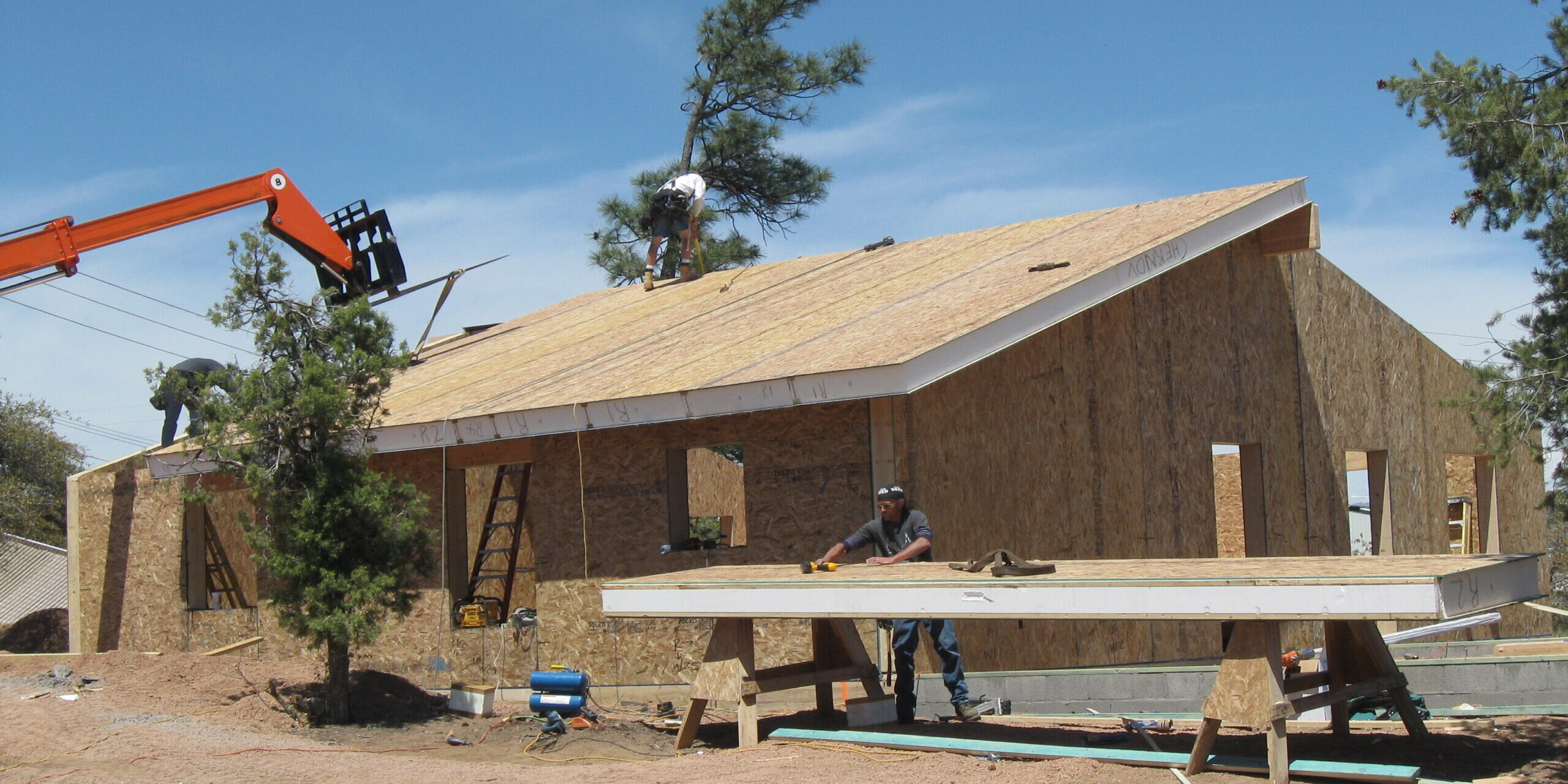We are proud to feature the Structured Insulated Panel Association, one of our valued sponsors.
“We have a visibly obvious crisis in our industry—a lack of innovation in home framing,” said Sam Rashkin, author of Housing 2.0: A Disruption Survival Guide. “We’ve only seen slight modifications in the framing process over the last hundred-plus years, and it’s costing our industry.” The construction industry is long overdue for some disruptive change.
High-performance enclosures are the answer to the most pressing problems faced by builders today. Yes, they’re a major win for sustainability, but they may also be the best way for builders to profit in an evolving construction landscape
High-performance homes: The future of housing
Rashkin defines high-performance homes (HPHs) as “residences constructed with enclosure, assemblies, systems, and components that ensure it lives, works, and lasts better.” And every conversation with Rashkin about HPHs includes structural insulated panels (SIPs). For him, it’s not a matter of if SIPs will become the industry standard; it’s when. “The high-performance home train has already left the station. It’s up to builders to either adapt or get left behind.” Rashkin is also the author of Retooling the U.S. Housing Industry. During his 20-plus years as a licensed architect, he specialized in energy efficient design and completed more than 100 residential projects. Recently retired from the US DOE, he started the Zero Energy Ready Home Program. Previously he led the ENERGY STAR Homes certification program at the EPA. This article springs from his presentation at the 2023 NAHB Building Systems Housing Summit.
From 2020 to 2022, the US growth rate for new, zero energy, single-family homes could be more than twice the overall growth rate for all zero energy units, buildings, and projects. That trend is on track to continue as a growing number of states, including California, New Mexico, New Jersey, and New York, pass legislation to commit to carbon-free electricity sectors within the next two to three decades.
The writing is on the wall, and many builders are already taking advantage of HPH innovations. In 2022, the average HERS Index score was 58—that’s 42% more efficient than a typical home built in 2006 and 10–20% more efficient than the average IECC code HERS Index. And the passing of the Inflation Reduction Act locked in the 45L tax credits for builders of ENERGY STAR Certified and DOE Zero Energy Ready homes until 2032. There’s never been a better time to start building high-performance enclosures.
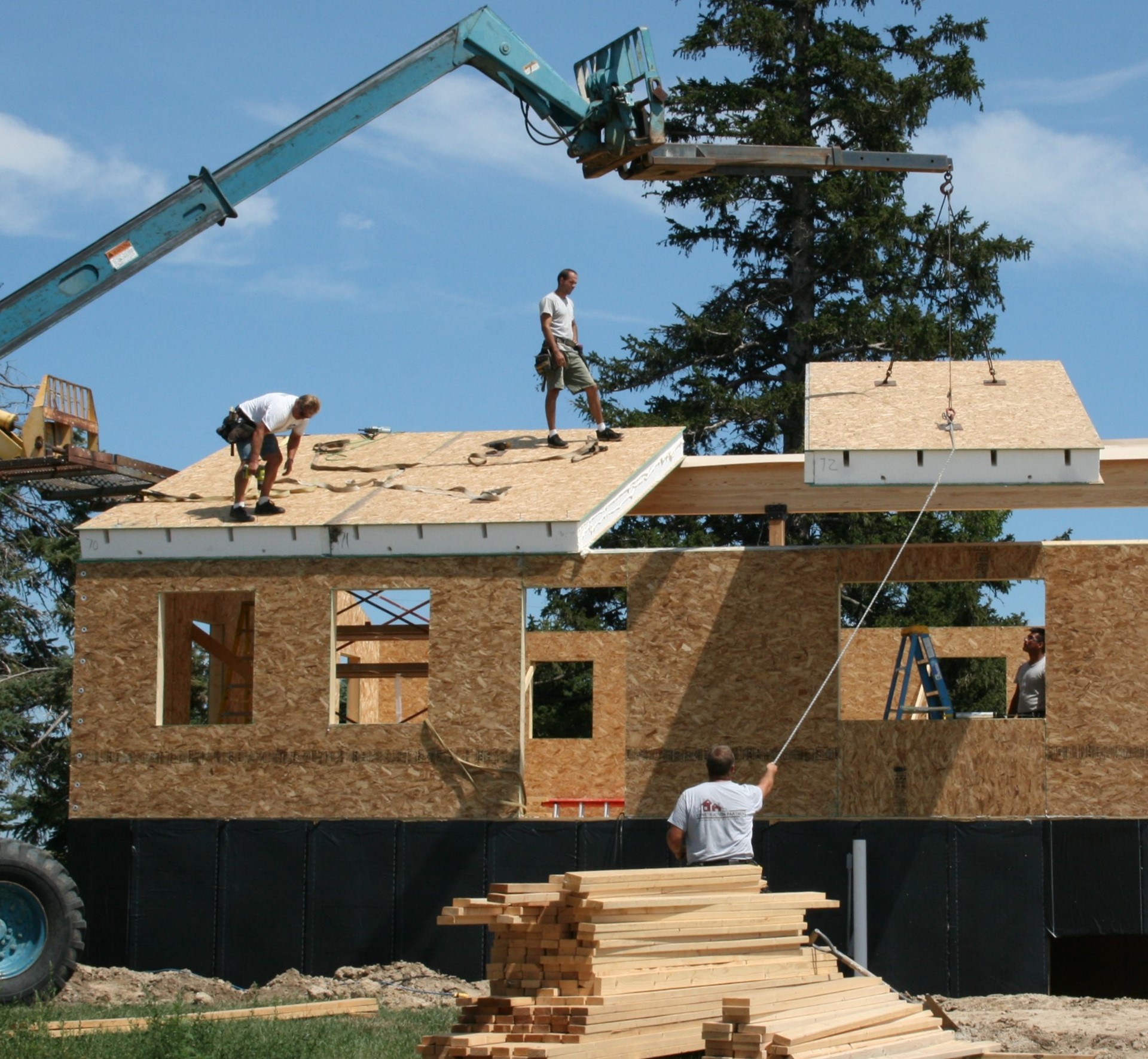
High-performance enclosures: faster
Research from the Structural Insulated Panel Association shows how SIP construction can benefit homeowners and the environment, but it also offers tremendous value to builders that’s often overlooked. “There’s a $200 billion labor productivity gap in the US construction industry that could be solved by adopting 21st century manufacturing methods to reduce cycle time,” said Rashkin.
Reducing cycle time can help builders save money by lowering carrying costs, like interest, and increasing efficiency. Reduced cycle times can also
- Enhance competitiveness
- Make it easier for builders to adopt more competitive pricing structures
- Increase the frequency of sales and closings
- Improve cash flow management
- Help builders manage risk by reducing exposure to economic uncertainty, increasing adaptability to changing market conditions, and hedging against inflation
For truly inspired design and sustainability strategies, check out SIPA’s Building Excellence Award Winners
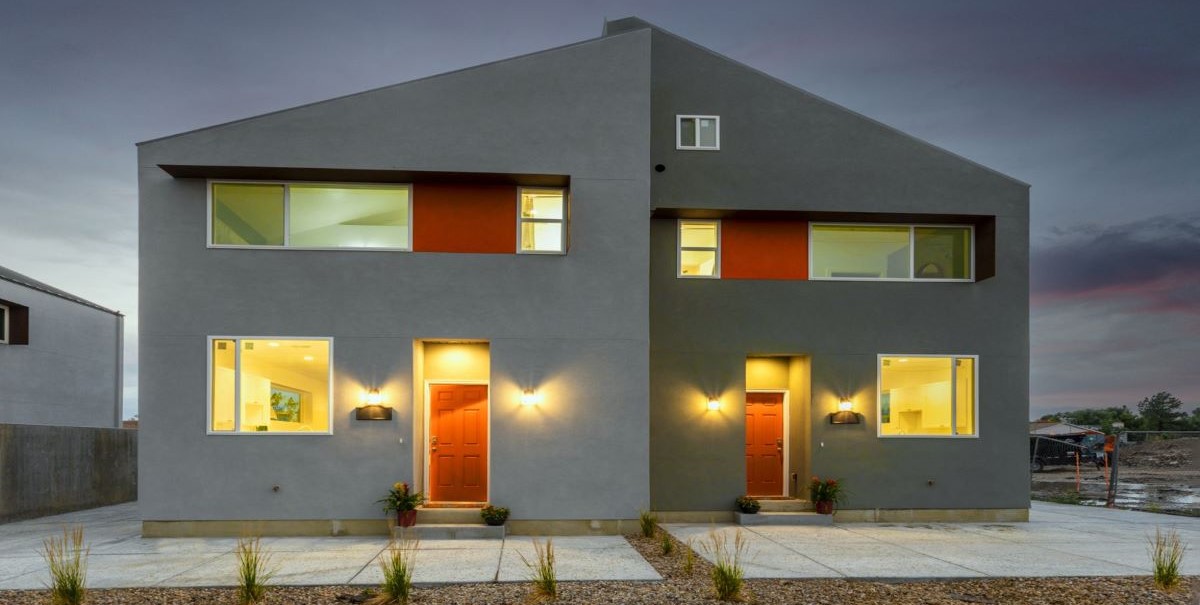
Increased productivity
SIPs offer a huge productivity advantage that helps builders reach lower cycle times: building construction can happen at the same time as site development and foundation work. (With site-built construction, building can’t start until site development and foundation work are complete.) Then, once foundation work is done, you assemble the pre-built panels on site. It’s faster, creates much less waste, and there’s hardly any site restoration.
Builders using SIPs for high-performance enclosures typically see a 30% to 50% time savings over on-site construction, according to Rashkin. “Consider that the average days on-site for SIP construction is 65, compared to 95 days for stick framing,” he explained. “If costs are between $500 and $800 per day, shaving 30 days off your build time could translate to a savings of $15,000 to $24,000.”
Insulation against labor shortages
“Over 90% of builders and remodelers reported framing crew and carpenter shortages in 2022. On top of that, we have an aging workforce. The median age of US construction workers is 42, and the industry continues to struggle to attract younger workers. So, this massive labor shortage is almost locked in,” said Rashkin. Since the shortage is unlikely to be solved by an influx of workers, it needs to be addressed on the builders’ side.
SIP construction can help reduce labor shortages by eliminating the need for some trades, like framing, insulation, air sealing, and air barriers. It also reduces the scope of work for drywall, finishes, trim, inspections and testing, site clean-up, and waste removal (another large productivity bonus for SIPs versus conventional framing).
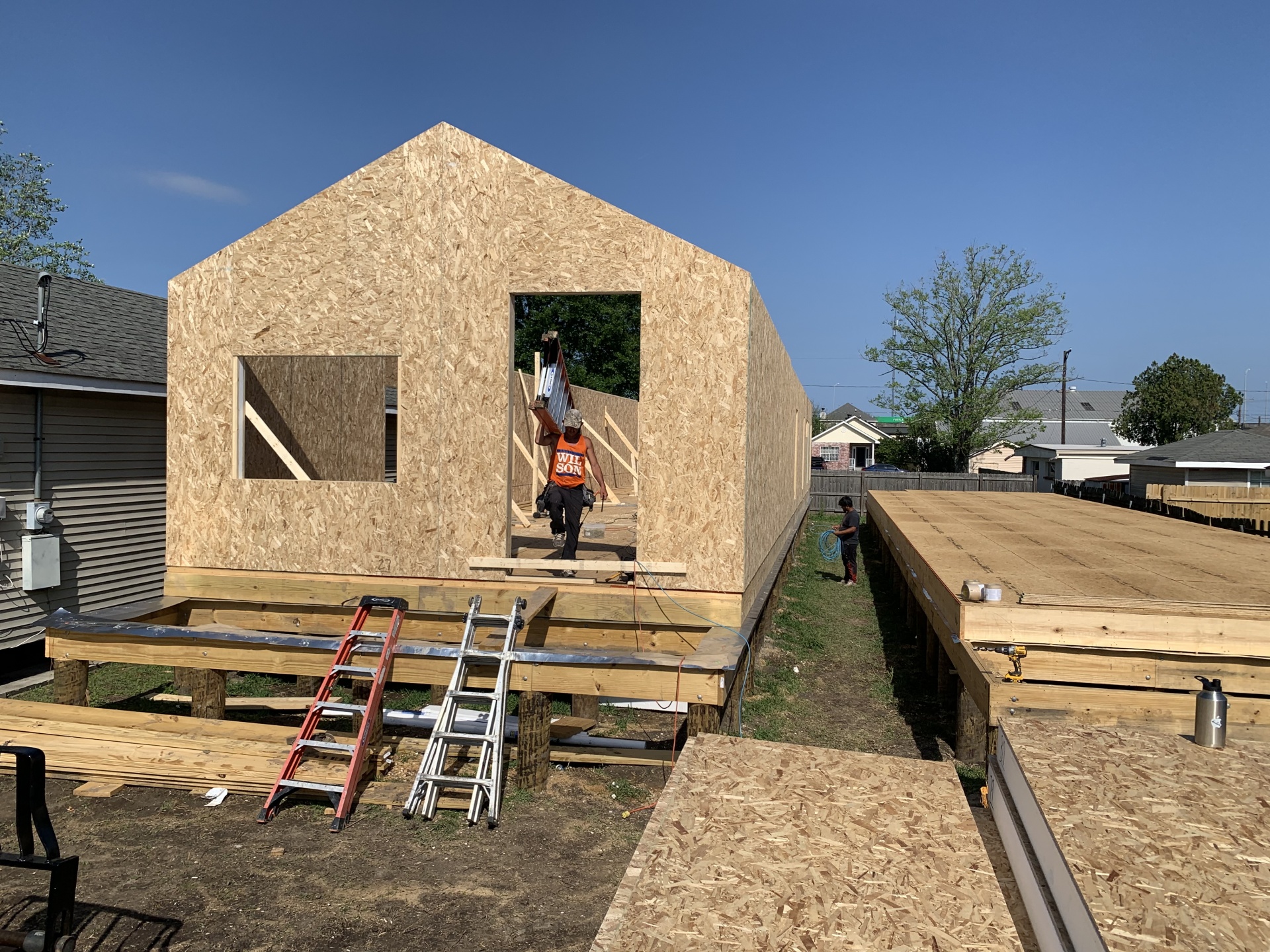
High-performance enclosures: better
“High-performance homes don’t only offer significant time savings for builders; they also result in a better quality enclosure,” Rashkin explained.
Moisture control
High-performance homes have more insulation, which can increase the risk of moisture control problems. First, added insulation raises wetting potential by increasing the temperature difference between the warm and cold sides of a wall. Second, it decreases drying potential by restricting air leakage.
“When building high-performance enclosures, we have so much more moisture risk that has to be managed, and we’re using materials and systems that are prone to quality control challenges,” said Rashkin. “This is a real problem when you consider that air leakage points in these tightly-sealed homes can create exponentially greater moisture flow than you’d see in a low-performance enclosure with widespread air diffusion.”
SIP construction is inherently better for minimizing moisture problems because it has ultra-low thermal, air, and vapor flow. “You’re taking the condensation problem out of the equation completely when it comes to moisture inside the construction assembly,” said Rashkin. “That’s a huge advantage for any builder.”
Air sealing
Air leakage represents significant potential for energy loss, disrupting the effective R-value of all the insulation you spent time and resources to install. Proper air sealing is the only way to get what you pay for from insulated enclosures. Plus, it helps protect the home from outdoor contaminants, like smoke and other air pollutants, and make the structure more resilient.
“I suggest aiming for a target air leakage level of 1.5 ACH50 or lower, a goal that’s readily achievable with SIPs,” said Rashkin. “SIPs optimize air tightness, automatically getting you to 1.5 ACH50 or lower. So you know you’ll reach your ACH50 target, no matter what your local code requires.”
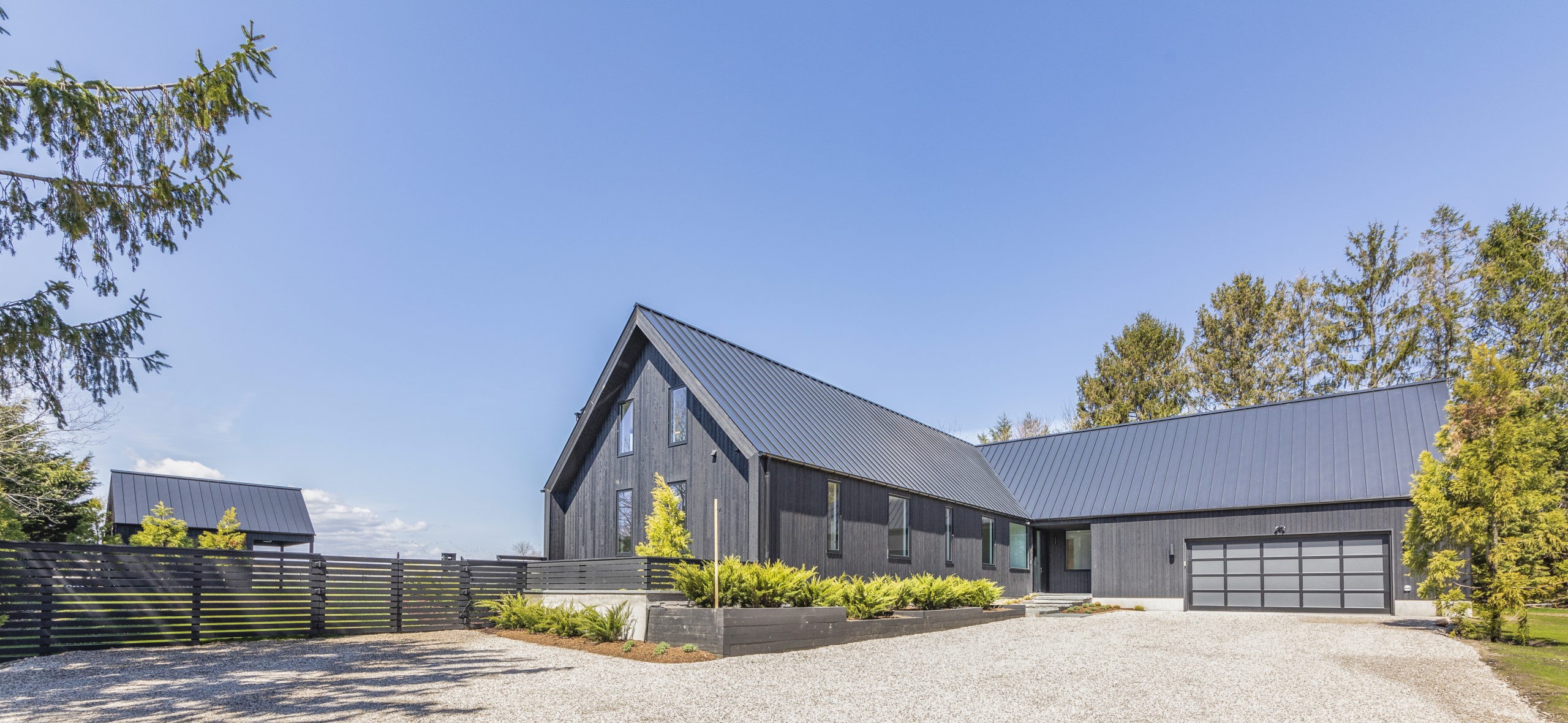
Attic interface
The traditional attics of stick-framed houses, usually unconditioned space, leaves much to be desired. Attics are vulnerable to a host of building issues and inefficiencies, including
Thermal stress between the unconditioned attic and the conditioned space below
- Stack effect leading to air flow and energy loss
- Complicated assemblies (like knee walls, dropped or raised ceilings, shafts, and wind baffles)
- Features that are difficult or impossible to seal against air leakage (e.g., penetrations, duct boots, access panels, and the drywall near the top plate)
- Housing HVAC systems that cause energy loss and potentially transport humidity, dust, and other contaminants from the attic to the house below
SIP homes have unvented attics with hard-surface insulation on every side of the enclosure, creating a 100% air barrier. (Vented attics traditionally have around a 50% air barrier.) This increases energy efficiency, air tightness, strength, and resilience against fire, impact, and other disasters. SIP-built unvented attics also help builders save money by eliminating the need for vents and additional air barriers and sealing. Plus, it adds conditioned, usable space, increasing the home’s value.
Thermal bridging
Basic framing options have around 10 to 30% framing factor, and the gaps in insulation caused by studs have a fraction of the R-value of the rest of the wall. That’s a massive hit on the overall thermal performance of the enclosure. “SIP walls have a solid, homogenous, and air-impermeable core, so convection and air leakage simply aren’t possible,” said Rashkin. “They ensure quality, installed insulation that minimizes moisture control risk and thermal bridging. Plus, SIPs are simpler than other framing options, requiring less wood and trade work while providing greater dimensional accuracy.”
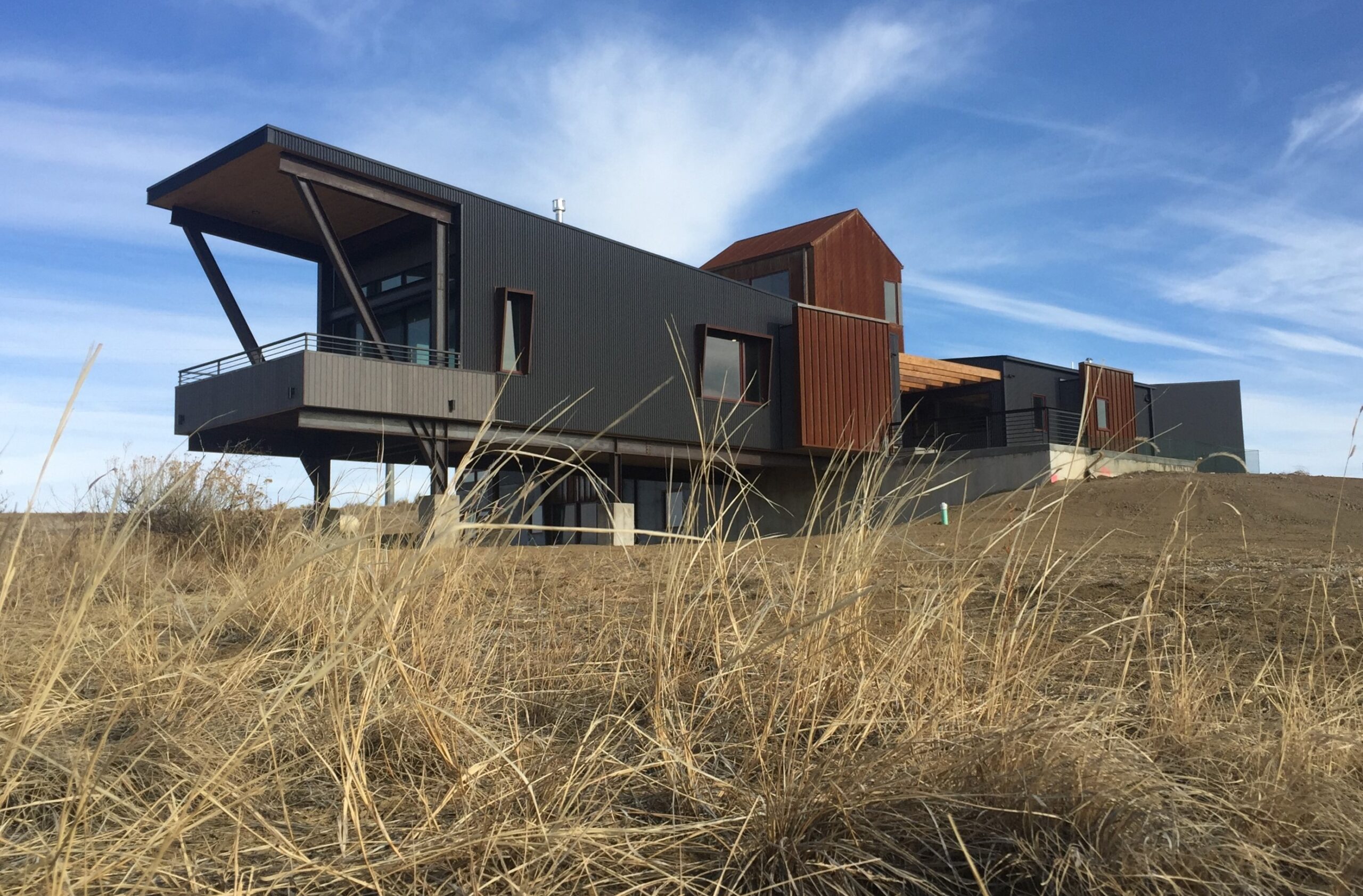 Disaster resistance
Disaster resistance
Disaster resistance is a huge factor for US homebuyers. “As the magnitude of natural disasters keeps accelerating, insurance availability shrinks, and premiums skyrocket,” said Rashkin. “We need to be more effective at communicating the value of SIPs, not just for energy efficiency, but also for disaster risk. SIPs have enhanced disaster resistance in the face of wildfires, impacts, wind, and pests. When it comes to resilience, they far outperform other enclosure choices and conventional framing.”
High-performance enclosures: greater value
Right now, the US is facing an affordable housing crisis. “Median home prices are rising significantly faster than the median household income,” said Rashkin. “We have an imperative to deliver greater value.”
One example of providing better value is using innovations like SIPs to trade off below-grade basements for fully insulated attics, which can ultimately save the builder thousands of dollars while increasing the home’s value by tens of thousands.
True cost accounting
At first glance, SIP construction often looks more expensive than traditional framing. However, the cost savings quickly become clear when you use true cost accounting to capture savings and benefits that aren’t integrated into the original bid. When you calculate the true cost, you’ll often see savings several times the initial cost difference, or more.
These overlooked cost savings include
- Time saved by reducing or eliminating, framing, drywall, and trim work
- Money saved by cutting the need for attic venting and on-site air sealing or air barrier work
- Significantly less rework for framing and finishes
- Less risk (less reserves for callbacks)
- Fewer inspections needed (inherent quality assurance)
- Less labor for mechanical, electrical, plumbing, insulation, and air sealing
- Less waste of framing, drywall, and trim
True cost accounting also incorporates the higher appraisals that SIPs homes get from increased strength, dimensional accuracy, and resilience. Other inherent benefits of the high-performance enclosures include increased space from thinner walls and a conditioned attic, added volume from raised ceilings, and enhanced incentives (e.g., 45L tax credit, utility high-performance home rebate, and some home insurance discounts).
“These benefits and savings are significant, but they’re often not recognized and valued when we give a price for a SIP package to a builder to compare to a framing package,” said Rashkin.
Learn more about SIPs
Panelized construction can help you build more high-performance homes, save money, and create greater value for buyers. There are a thousand resources free on the SIPA website, including on-demand courses on these high-performance enclosures and a specification guide, as well as essential guidance for working with SIPs. Run your next project through the SIPs True Cost Bidding Tool to quantify the savings. And
Run your next project through the SIPs True Cost Bidding Tool to learn how much you could save.
This article springs from a presentation by Sam Rashkin in November 2023. View the presentation in full, including Q&A, courtesy SIPA:
Our team researches products, companies, studies, and techniques to bring you the best of zero building. Zero Energy Project does not independently verify the accuracy of all claims regarding featured products, manufacturers, or linked articles. Additionally, product and brand mentions on Zero Energy Project do not imply endorsement or sponsorship unless specified otherwise.
